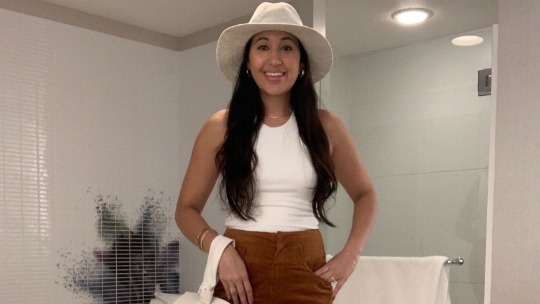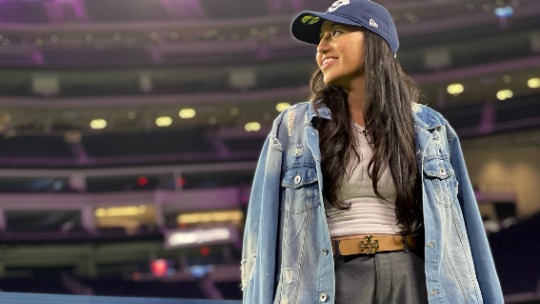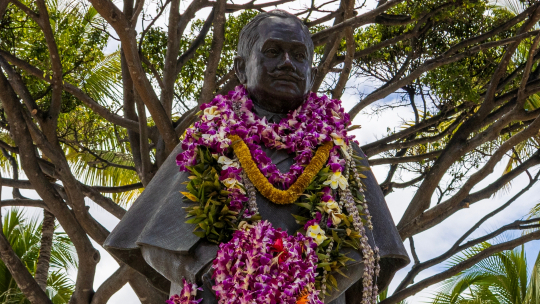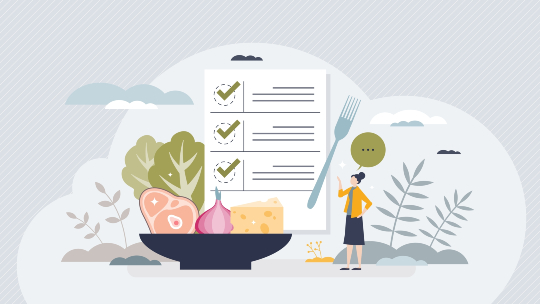When thinking about shopping sustainably, fashion might not be top of mind. However, the choices we make when buying clothes may have an impact on the environment and even human rights. The #nonewclothes movement, created by the nonprofit organization Remake, challenged people to not buy clothes for three months. Big Island resident and avid thrifter, Kahea Sugimoto, decided to try the #nonewclothes challenge. Here’s what she learned, how it improved her financial well-being, and how you can take the challenge, too.
Excessive accumulation
Sugimoto participated in the #nonewclothes challenge because she couldn’t believe how much clothing she’d accumulated throughout the years. “The amount was excessive,” Sugimoto says. “It’s more than one person needs in a lifetime!” Sugimoto also wanted to get creative and see how many different outfits she could put together without buying anything new.

Say “no” to fast fashion
Another reason Sugimoto did the #nonewclothes challenge was because of the impact fashion textiles have on the environment. “One day, I looked up where clothes go after we get rid of them,” Sugimoto says. “And, oh man, it’s bad.”
Fast fashion clothing is oftentimes made quickly and cheaply to reflect trends. After a few wears, the clothes are discarded and end up in landfills. The practice has been linked to water pollution, waste accumulation, greenhouse gas emissions, soil degradation, and more. Plus, many garment workers often work long hours in inhumane conditions and aren’t fairly compensated.
A year-long challenge
While the usual #nonewclothes challenge is three months, the founders say that it’s a personal journey and up to each individual to create parameters for their experience. Sugimoto took the challenge for one year as her 2021 New Year’s resolution. “It was especially difficult when I traveled,” Sugimoto says. “Packing took a lot of thought since I couldn’t buy clothes if I forgot something.” To help her stay accountable, she shared her #nonewclothes journey on social media. “It was also tough to resist sales for my favorite brands but I stayed strong.”

By the middle of the year, Sugimoto got used to her new mindset. “At that point, it started getting really easy and it actually felt good to not want to buy clothes,” she says. “I would go into my closet and have way too much fun finding clothes that I didn't even know I had and make outfits out of them.”
A valuable lesson
Sugimoto successfully completed her #nonewclothes challenge in January 2022. “I was able to save $100 a month,” she says. “And it felt good knowing I accomplished something that benefited for my finances and the planet, too. I feel like a new person!”
Here are some things she learned:
- Keeping up with the latest trends isn’t necessary or sustainable.
- If you buy clothes, invest in quality pieces or go with second-hand.
- The urge to buy clothes subsides once you get into a no-buy mindset.
- You’ll be surprised how much money you save.
- You’ll come to appreciate the clothes you already have and get creative with your outfits.
Sugimoto encourages everyone to try the #nonewclothes challenge. It could be for a week, a month, or a year, it’s up to you. “Once you do it,” Sugimoto says, “you’ll never want to go back to mindless shopping. Everything you buy, if you even decide to buy anything, will have purpose.”

Photos: Aaron Sugimoto




